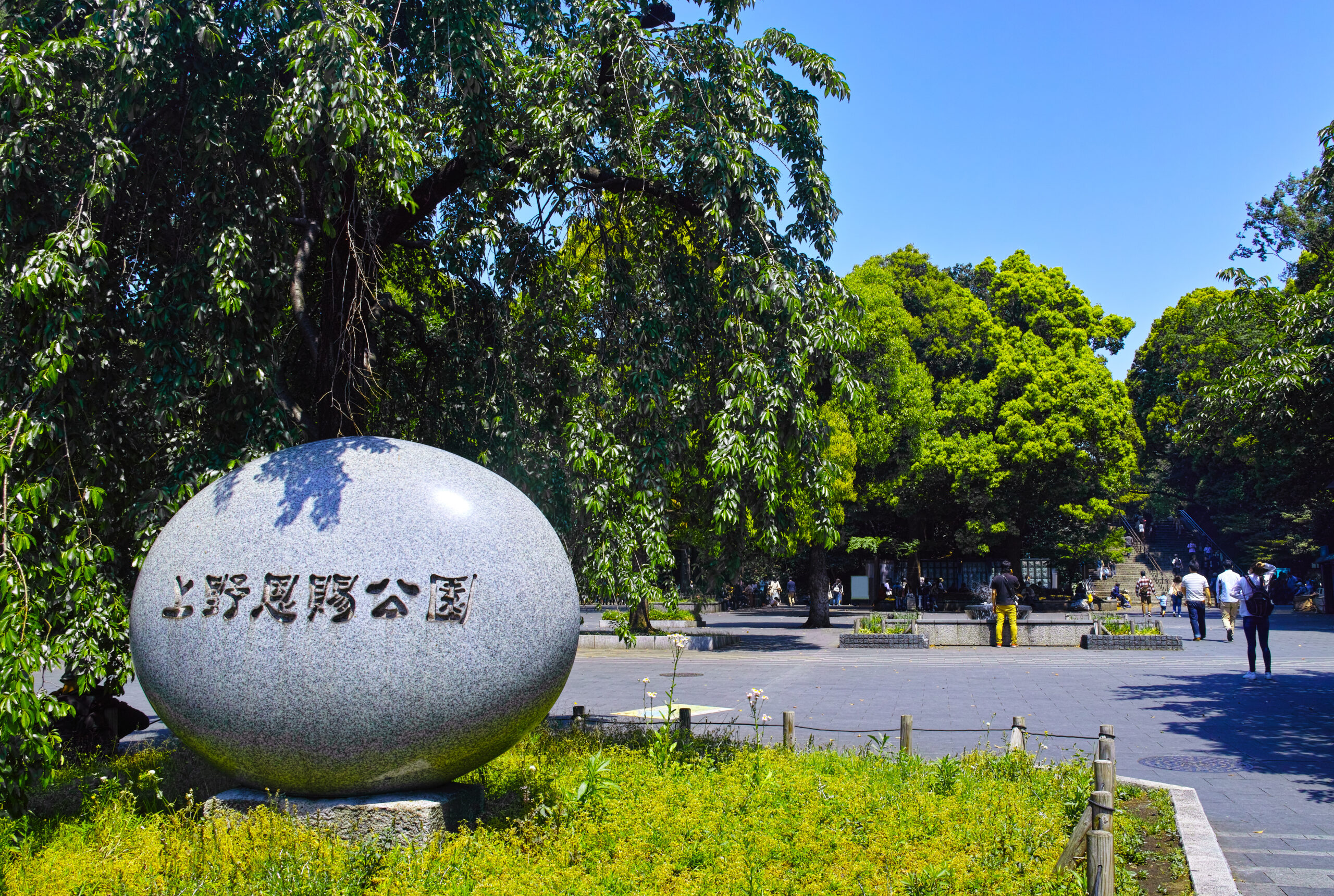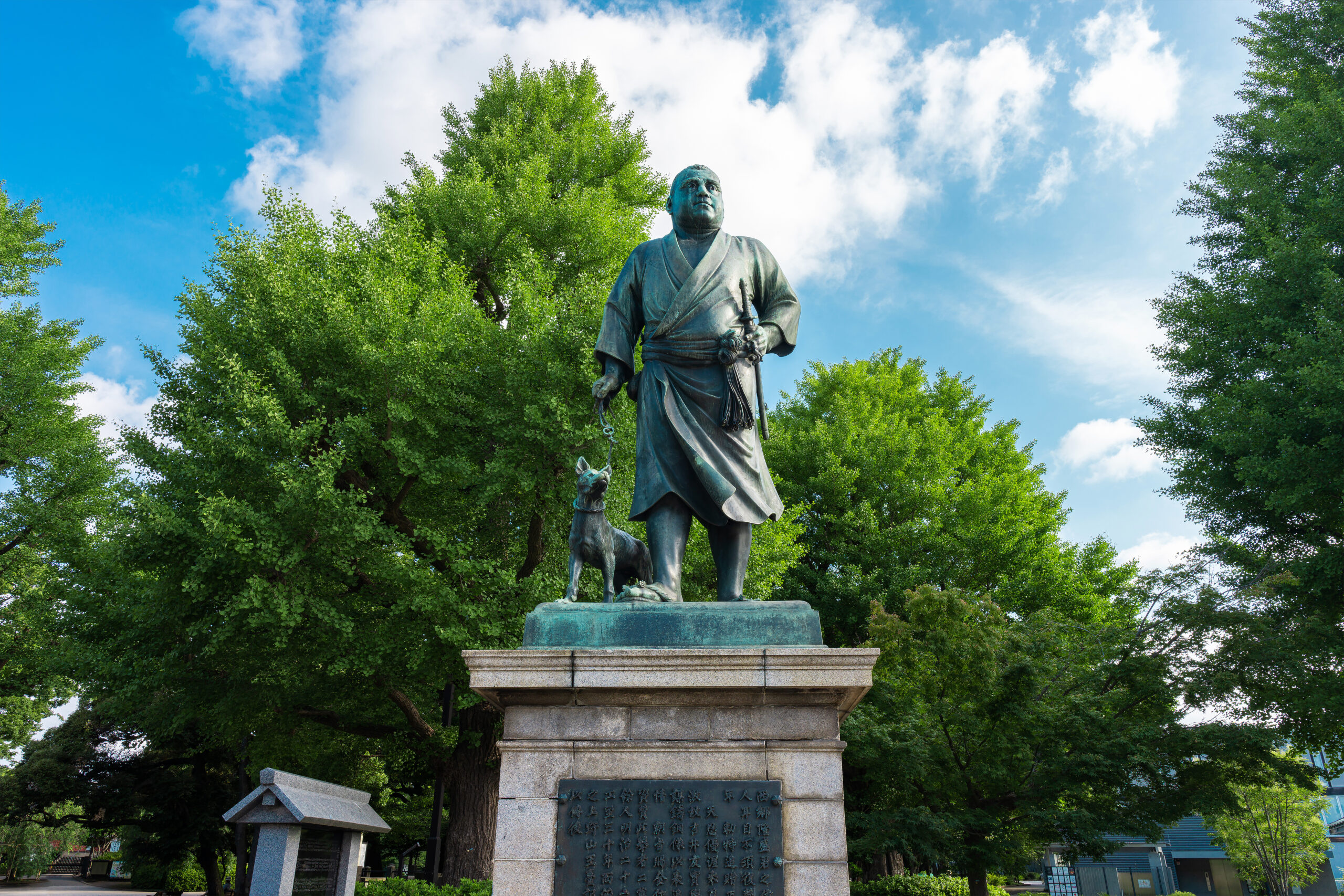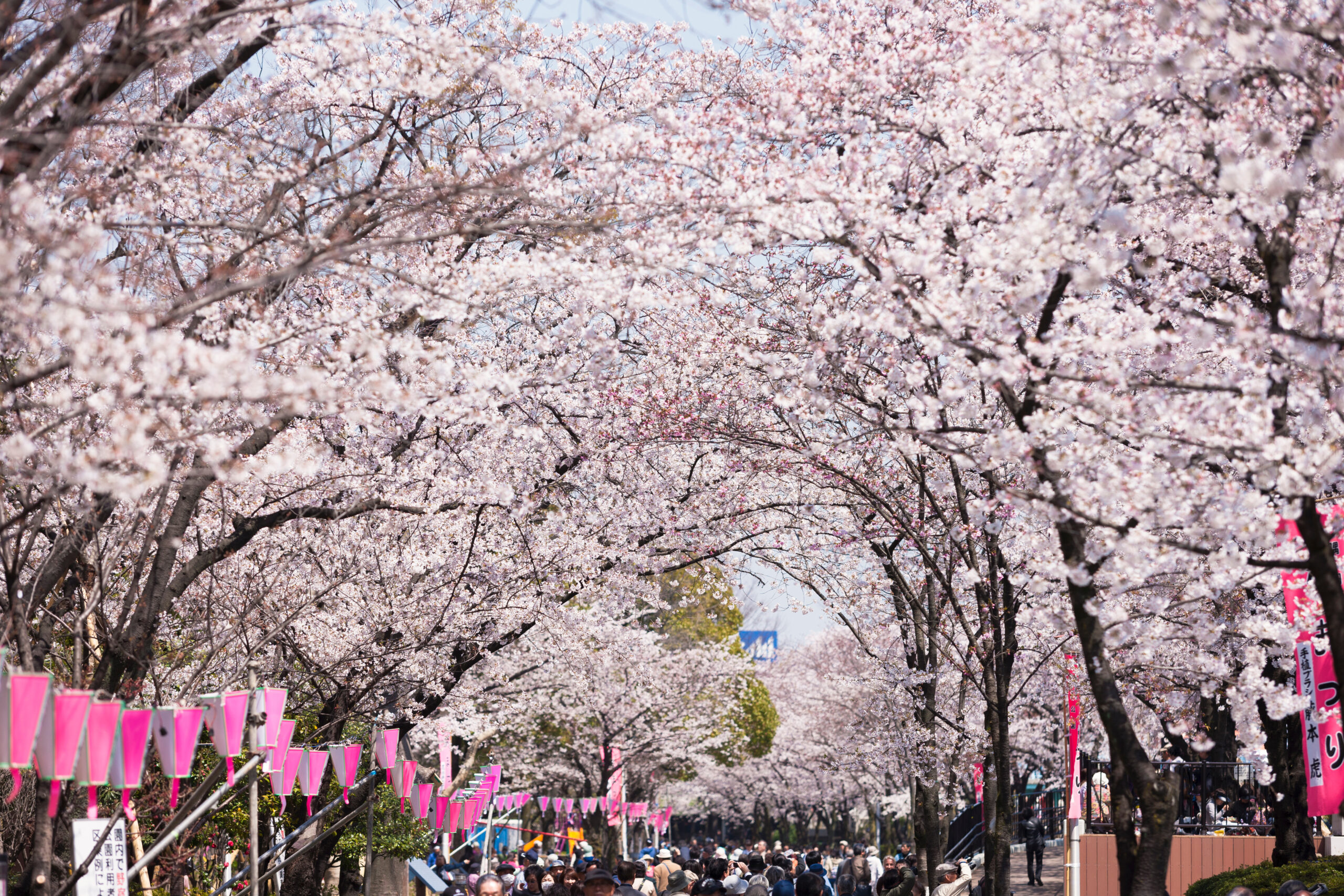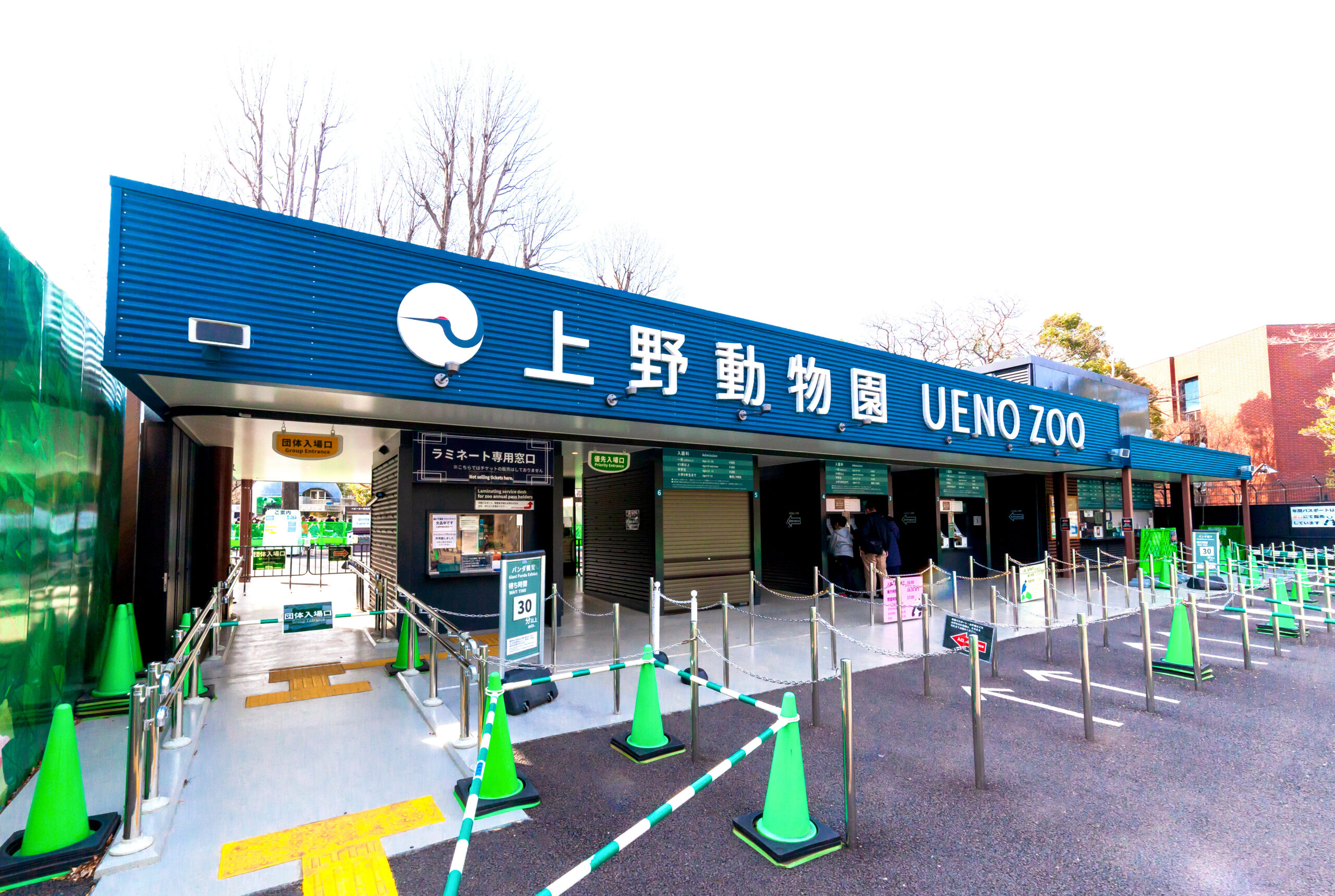Uncover Tokyo’s Hidden Gems: Ueno Park’s 4 Best Attractions for a Perfect Day Out

“Looking for the perfect weekend spot in Tokyo? Is Ueno Park worth a full day of exploring?”
Ueno Park is far more than a typical city park—it’s a cultural treasure offering a mix of history, art, and nature. With attractions that shine in every season, it’s an ideal destination for anyone looking to experience Tokyo’s rich culture and scenic beauty.
In this guide, we’ll highlight four unmissable attractions in Ueno Park, share practical tips for your visit, and help you plan a day that’s both fun and memorable. Whether you’re drawn to museums, temples, or stunning seasonal landscapes, Ueno Park has something for everyone!
Explore the Cultural and Historical Wonders of Ueno Park
Ueno Park is not merely a public space in Tokyo but a profound cultural and historical landmark. Renowned for its rich heritage and serene environment, it attracts both locals and international visitors. Among its myriad attractions, the famous temples and shrines stand out, revealing a glimpse of Japan’s spiritual history.
Visit the Famous Temples and Shrines
Experience the Serenity of Kaneiji Temple
Nestled within the lush greenery of Ueno Park, Kaneiji Temple is a sanctuary of peace and history. Founded in the 17th century, it was once one of the most significant and influential temples in Edo, present-day Tokyo. Walking through its tranquil grounds, visitors can feel the echoes of its storied past, when Kaneiji served as a family temple for the Tokugawa shoguns. The temple’s architecture, characterized by traditional wooden structures and serene gardens, offers a perfect backdrop for contemplation and reflection. Today, though much smaller than its original expanse, Kaneiji Temple remains a meaningful site for those seeking to understand Japan’s religious heritage.
Discover the Charm of Bentendo Temple
A short walk from Kaneiji leads to Bentendo Temple, which is uniquely situated on a small island in Shinobazu Pond. Dedicated to Benzaiten, the goddess of fortune, music, and knowledge, Bentendo is distinguished by its octagonal shape. The temple provides visitors with a spiritual experience enhanced by the surrounding natural beauty and the gentle lapping of water against the island’s edges. The path to the temple allows for serene views of the pond and a variety of birdlife, making it an idyllic spot for photographers and nature lovers alike. Bentendo Temple not only enriches the cultural tapestry of Ueno Park but also offers a peaceful retreat from the city’s bustling pace.
Walk through Ueno Park’s Historic Monuments
Learn about the Statue of Saigo Takamori
Continuing your exploration of Ueno Park, you’ll encounter the Statue of Saigo Takamori, a prominent historical monument that pays tribute to one of Japan’s most revered samurai. Saigo Takamori played a vital role in the Meiji Restoration, a pivotal movement that transitioned Japan from feudal rule to a more modern state.
The statue depicts Saigo in a relaxed pose, wearing traditional attire and accompanied by his beloved dog, symbolizing his deep connection to the people and culture of Japan. Installed in 1898, this statue has since become an iconic symbol, capturing the imagination and respect of those who visit. It serves as a tangible link to Japan’s dynamic history, offering an opportunity for reflection on the country’s journey through turbulent times.
Standing before the statue, one can appreciate the blend of historical reverence and artistic expression it represents. Visitors are encouraged to pause and immerse themselves in the stories that shaped Japan, brought to life through this remarkable monument.

Discover the Natural Beauty of Ueno Park’s Seasonal Changes
Ueno Park is celebrated not just for its historical significance but also for its breathtaking natural beauty, which evolves with the seasons. Each transformation brings a new palette of colors and a unique atmosphere that captures the hearts of those who wander its paths.
Enjoy the Cherry Blossoms in Spring
Capture the Perfect Hanami Experience
Spring in Ueno Park is nothing short of magical, featuring over 1,200 cherry trees that burst into bloom typically from late March to early April. The park has earned its reputation as one of Tokyo’s most popular hanami (cherry blossom viewing) spots, drawing millions of visitors during the peak blooming season.The park’s main path, lined with magnificent cherry trees, creates a stunning cherry blossom tunnel that’s particularly breathtaking during full bloom.
The park offers both daytime viewing with picnic opportunities and evening illuminations that create a mystical atmosphere under the lit cherry blossoms. For the perfect Hanami experience, it’s best to visit early in the morning or late afternoon when the crowds are thinner, and the light creates a magical ambience. Photographers and nature enthusiasts can capture stunning images, while those looking to simply relax will find it an ideal spot to unwind and appreciate the fleeting beauty of the blossoms.

Appreciate the Autumn Foliage
Take a Scenic Stroll amidst Fall Colors
When autumn arrives, usually from late November to early December, Ueno Park transforms into a canvas of warm autumn colors. The Japanese maples and ginkgo trees create a spectacular display of red, orange, and golden hues. The best way to experience autumn in Ueno Park is through its numerous walking paths. The area around Kiyomizu Kannon Temple offers particularly stunning views of fall foliage, while the trees surrounding the museums create perfect photo opportunities. During this season, the park often hosts special illumination events that highlight the autumn colors after sunset.
Engage with Art and Museums in Ueno Park
Ueno Park is not only a haven for nature and history enthusiasts but also a hub of art and culture, boasting some of Tokyo’s most prestigious museums. Visitors can immerse themselves in world-class exhibits that showcase both Japanese and international art and science.
Explore the Tokyo National Museum
Admire the Comprehensive Collections
The Tokyo National Museum is a must-visit for anyone interested in the rich tapestry of Japanese art and history. Established in 1872, it is Japan’s oldest and largest museum, housing a vast collection of artworks and antiquities that span millennia. Visitors can explore exhibits featuring ancient artifacts, samurai armor, exquisite ceramics, and iconic ukiyo-e woodblock prints.
The museum’s galleries are thoughtfully arranged, guiding guests through a visual narrative of Japan’s artistic evolution. Special exhibitions often highlight collections from other cultures, providing a global context to the displays. The museum also offers guided tours and interactive programs, enhancing the educational experience.
With its impressive architecture and serene gardens, the Tokyo National Museum is more than a repository of art; it is a place where the past and present converse through creativity and craftsmanship.
The museum’s vast collection spans multiple buildings:
- The Honkan (Japanese Gallery) showcases Japanese art through different historical periods
- The Toyokan features Asian art from across the continent
- The Heiseikan hosts special exhibitions and archaeological findings
- The Gallery of Horyuji Treasures contains priceless Buddhist artifacts
- The Kuroda Memorial Hall exhibits exhibits paintings and drawings by Kuroda Seiki.
Visitors should note that the museum offers English audio guides and provides detailed multilingual descriptions for major exhibits. Admission costs ¥1,000 for adults, with special exhibition fees varying throughout the year. The museum is typically closed on Mondays unless a national holiday falls on that day.
Practical Information:
- Opening Hours: 9:30 AM to 5:00 PM (last entry 4:30 PM)
- Regular closures: Every Monday (except holidays) When Monday is a holiday, closed the next day instead
- Admission: ¥1,000 for adults

Immerse in Science at the National Museum of Nature and Science
Participate in the Interactive Exhibits
Not far from the Tokyo National Museum is the National Museum of Nature and Science, an institution that invites visitors of all ages to delve into the wonders of science and the natural world. Featuring a wide array of exhibits, the museum covers topics ranging from Japan’s geological history to the latest in space exploration.
Interactive displays engage visitors, allowing them to learn through hands-on experiences. Highlights include the dinosaur fossil collection, a life-size replica of a blue whale, and Modern technology demonstrations.
The museum also emphasizes the importance of environmental awareness and sustainable practices through special exhibits and educational programs. With its focus on discovery and innovation, the National Museum of Nature and Science offers an enlightening journey that inspires curiosity and wonder.
The museum is divided into two main buildings:
- The Japan Gallery explores Japanese nature and technology
- The Global Gallery features international scientific discoveries
Practical Information:
- Opening Hours: 9:00 AM to 5:00 PM (last entry 4:30 PM)
- Regular closures: Every Monday (except holidays) When Monday is a holiday, closed the next day instead
- Admission: ¥630 for adults
- Audio Guide: Available in 4 languages: English, Mandarin, Korean, Japanese[Cash payment only (Japanese yen)]

Discover the Wonders of Ueno Zoo
One of the highlights of Ueno Park is the renowned Ueno Zoo, Tokyo’s oldest zoo, which first opened its gates in 1882. Spanning over 35 acres, the zoo is home to more than 2,600 animals representing approximately 400 different species. This makes it not only a fantastic place for family outings but also an excellent opportunity for visitors to learn about wildlife conservation and animal behavior.
Meet the Star Attractions
At Ueno Zoo, one of the most popular attractions is the giant panda exhibit. Visitors from all over the world come to see these rare and enchanting creatures, which are a symbol of friendly ties between Japan and China. Watching the pandas munch on bamboo and interact with one another offers a unique insight into their behaviors and conservation needs.
Navigate the Zoo’s Two Districts
Ueno Zoo’s animal exhibits are divided between two main areas: the East Garden and the West Garden. The East Area features a diverse collection of Asian wildlife, including majestic Asian elephants, Sumatran tigers, and various bear species such as polar bears and Japanese black bears. Visitors can explore specialized facilities like the Bird House and Nocturnal House, where they can observe creatures like Chinese pangolins and slow lorises. The area also houses various primates, including western lowland gorillas and Japanese macaques, alongside American wildlife like bisons and prairie dogs.
The West Area is anchored by the popular Giant Panda exhibit and showcases African wildlife such as black rhinos, hippos, and giraffes. This section is home to several unique species like aardvarks and lemurs, including the rare aye-aye. The West Area also features the Small Mammal House for nocturnal creatures, the Vivarium for reptiles and amphibians, and a Children’s Zoo where young visitors can interact with domestic animals.
A visit to Ueno Zoo is not complete without a ride on the iconic monorail, which provides an aerial view of the exhibits and helps visitors traverse the expansive grounds from the East Garden to the West Garden. This unique zoo experience combines fun with learning, making it a memorable part of any trip to Tokyo.
Ueno Zoo is open year-round, offering different experiences through the changing seasons. While spring and autumn are particularly beautiful times to visit, the zoo’s indoor exhibits and seasonal events ensure an engaging experience no matter when you choose to go.
Practical Information:
- Opening Hours: 9:30 AM to 5:00 PM (last entry 4:00 PM)
- Closed: Mondays (or following day if Monday is a holiday)
- Admission: ¥600 for adults, free for children under 12

Explore Ameya-Yokocho Market
Indulge in Local Delicacies and Shopping
Adjacent to Ueno Park lies Ameya-Yokocho, or “Ameyoko,” a bustling market street that immerses visitors in a sensory feast of sights, sounds, and flavors. Historically known as a post-war black market, Ameyoko has evolved into a popular shopping destination, offering everything from fresh produce and seafood to clothing and souvenirs. The market’s lively vendors call out to passersby, offering tastes of local street food such as yakitori, takoyaki, and taiyaki, which are as delicious as they are authentic.
Exploring Ameyoko is an adventure in itself, where visitors can savor traditional Japanese snacks, haggle over prices, and discover unique items. The vibrant energy and friendly atmosphere make it an ideal place to indulge in some local shopping and gain a deeper appreciation of Tokyo’s everyday life and culture.
Operating Hours:
- Most shops open between 10:00 AM and 8:00 PM
- Individual store hours may vary
- Some food stalls remain open later

Maximize Your Visit with the Best Times and Local Tips
To fully appreciate all that Ueno Park and its surrounding areas have to offer, it’s beneficial to plan your visit with a few insider tips and strategies in mind. This ensures a richer and more enjoyable experience, allowing you to explore with ease and confidence.
Visit During Less Busy Hours
Plan with the Ueno Park Map
Visiting Ueno Park early in the morning or later in the afternoon can help you avoid the peak crowds, especially during popular seasons like cherry blossom time and autumn foliage. Arriving early not only offers a quieter environment for reflection at the temples and gardens but also provides a more intimate experience with the park’s natural beauty.
To navigate this expansive area efficiently, it’s recommended to start with a comprehensive Ueno Park map. Available at park entrances and online, this map highlights key attractions, pathways, and facilities. With a little planning, you can tailor your itinerary to include both popular sites and secluded spots, ensuring a visit that balances excitement with tranquility.
Discover Hidden Gems
Visit the Secret Gardens
Beyond the well-known landmarks, Ueno Park hides several lesser-known attractions that offer delightfully unexpected finds. One such gem is the park’s secret gardens, where tranquility and beauty beckon those who venture off the beaten path. These gardens provide serene environments perfect for quiet contemplation or a peaceful stroll. Tended with care, they showcase a variety of native plants and traditional landscaping styles that reveal a deeper layer of Japan’s horticultural artistry.
These hidden spots invite exploration and allow visitors to connect more intimately with nature, away from the bustling crowds. Discovering these secret gardens is an enriching experience that adds depth and dimension to your visit to Ueno Park.
Hidden Attractions:
- Kiyomizu Kannon Temple‘s private garden
- The quiet paths around Shinobazu Pond’s lotus garden
- Historic stone monuments scattered throughout the park
- Small art galleries in the museum district
Local Expert Tips:
- Purchase a combination ticket for multiple museums to save money
- Take advantage of free guided tours offered by volunteer organizations
- Consider purchasing the Grutto Pass for museum discounts

Plan a Night Adventure in Tokyo Starting from Ueno
While Ueno Park is a bustling palce during the day, the area transforms after sunset, offering an exciting array of nightlife experiences that are uniquely Tokyo. Beginning your evening in Ueno can lead to unexpected and vibrant adventures in the city’s nocturnal landscape.
Enjoy Nightlife Experiences
Visit Ueno’s Local Bars and Izakayas
As dusk falls, the streets surrounding Ueno Park come alive with a different energy. The local bars and izakayas—traditional Japanese pubs—provide the perfect setting for unwinding and indulging in delicious food and drinks. These establishments range from cozy, intimate spots to lively venues bustling with chatter and laughter. Sample traditional dishes like yakitori skewers, sashimi, or the ever-popular karaage, all while savoring sake or Japanese beer. The welcoming atmosphere of these izakayas offers a genuine glimpse into the convivial side of Japanese culture, where locals and visitors alike come together to share stories and create lasting memories.
Explore Late-Night Attractions near Tokyo Station
Discover Tokyo at Night
From Ueno, it’s just a short train ride to Tokyo Station, the heart of the city, where a wealth of late-night attractions await. Whether you’re in the mood for shopping in the upscale Marunouchi district or looking to experience the art of crafting a perfect cocktail in a chic bar, Tokyo offers a range of options to suit every taste. For those seeking a more cultural experience, consider a late show at a nearby theater or a stroll through the illuminated gardens of the Imperial Palace. Tokyo at night is a blend of sights and experiences that reveal the city’s enigmatic charm, seamlessly blending modernity with tradition. Each corner turned offers new adventures, adding to the allure and excitement of exploring Tokyo after dark.
Evening Transportation:
- Last trains typically depart between 11:30 PM and 1:00 AM
- Night buses available after last trains
- Reliable taxi services readily available
- Major stations remain open late
Conclusion
Ueno Park stands as a remarkable destination that perfectly encapsulates Tokyo’s unique blend of tradition, culture, and modern life. Whether you’re interested in world-class museums, historic temples, seasonal natural beauty, or vibrant street culture, this urban oasis offers something for everyone.
To make the most of your visit, remember these key takeaways:
- Plan your visit according to seasonal highlights
- Consider purchasing combination tickets for multiple museums
- Explore both the main attractions and hidden gems
- Take advantage of early morning or weekday visits for smaller crowds
- Don’t miss the surrounding area’s authentic local experiences
The park’s accessibility, diverse attractions, and rich cultural significance make it an essential stop for any Tokyo visitor. Whether you spend a few hours or an entire day, Ueno Park provides an authentic glimpse into Japan’s past and present, creating memories that will last a lifetime.
FAQ about Ueno Park and its surroundings
What are the Must-See Attractions in Ueno Park?
Ueno Park is filled with diverse attractions that cater to various interests. Must-see spots include the Tokyo National Museum for art enthusiasts and the National Museum of Nature and Science for curious minds. Don’t miss Ueno Zoo, the tranquil Kaneiji Temple and the charming Bentendo Temple on Shinobazu Pond for a spiritual retreat. For a taste of local culture, explore Ameya-Yokocho Market, where you can indulge in unique shopping and culinary experiences.
When is the Best Time to Visit Ueno Park?
The best time to visit Ueno Park largely depends on what you wish to experience. Spring is ideal for witnessing the cherry blossoms, offering a magical scene of pink and white blooms. Autumn presents a stunning array of foliage colors, making it perfect for scenic walks. Visiting during less busy hours, such as early morning or late afternoon, can help you enjoy a more serene environment year-round.
How do I get a Ueno Park Map and Navigation Tips?
A map of Ueno Park is readily available at the park entrances and can also be found online. It is recommended to use a map to navigate the expansive grounds efficiently and to ensure you don’t miss any key attractions. For enhanced exploration, consider using navigation apps that provide real-time guidance and suggestions.
What Unique Shopping Experiences are Available in Ueno?
Ueno offers unique shopping opportunities, particularly in Ameya-Yokocho. This bustling market street is known for its variety of goods, ranging from fresh produce and seafood to fashion and souvenirs. It’s a great place to practice your bargaining skills and find quirky and affordable items.
Are there any Night Activities in or near Ueno?
Yes, Ueno’s vibrant night scene includes numerous izakayas and bars where you can unwind and enjoy local flavors. Additionally, Tokyo Station is nearby and offers late-night attractions such as upscale bars, theaters, and illuminated walks in the Marunouchi district, ideal for night adventurers looking to explore the city after dark.
